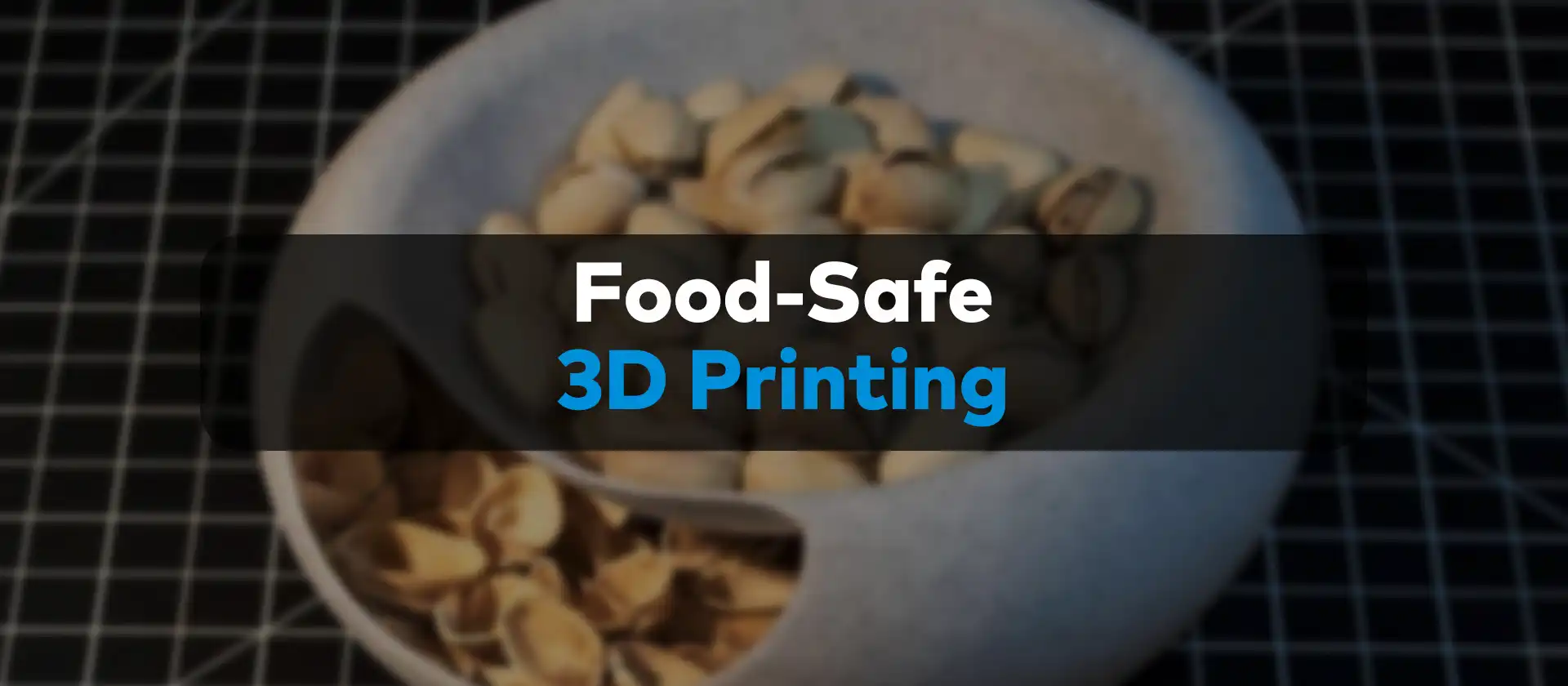
Food-Safe 3D Printing
3D printing is always praised for the freedom it offers to the users and the amount of agility it will add to different business production lines. It is pretty much common knowledge at this point that there is no limit to what you can manufacture using 3D printers.
From DIY tools to engineering parts, additive manufacturing becomes a more comprehensive manufacturing method that is utilized in more fields every year. But suspiciously, when you are browsing through a digital model library, one group of household items is mostly missing.
You probably noticed the absence of kitchen utensils in any sort of list of models you can print for home use. But why exactly? Why is this manufacturing method that can print spare parts for heavy machinery and jewelry at the same time not utilized more for kitchen use?
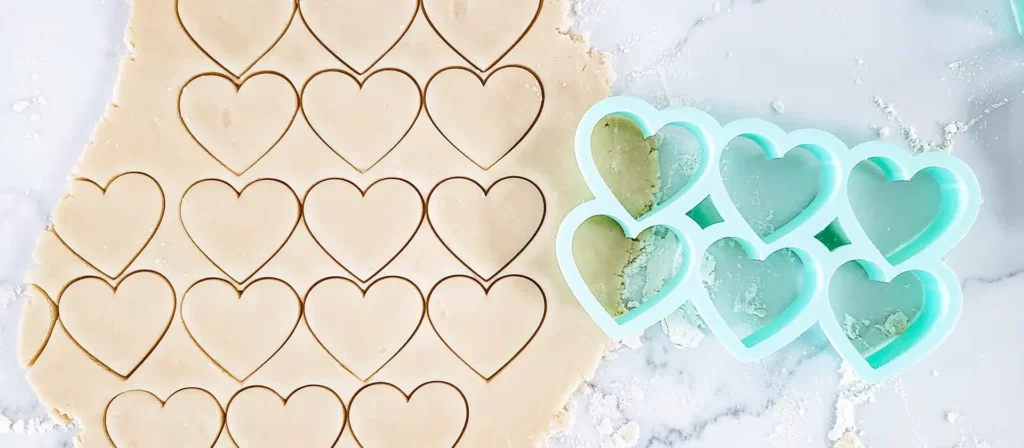
Is 3D Printing Food-Safe?
If you asked a 3D printing user “Are 3D printed items food-safe?”, the answer will vary depending on the person. The shortest and the simplest answer would be “No!”. 3D prints are not food-safe because of the gaps between the layers that are a great place for bacteria and fungi to hide and have a field day in.
These gaps are pretty hard to clean completely, so the bacteria in them breed quickly and make the utensils unhealthy to use. That is the answer you are most likely going to get from a 3D printer user. But our answer to the question “Is 3D printed items food-safe?” would be “It can be”.
Bacteria build-up in the layer gaps is not an urban legend, it is %100 proven that different types of bacteria and fungi, like salmonella, can live and breed in the layer gaps even after you wash your 3D printed utensils. But there are still tried and tested methods of making the models you print food safe.
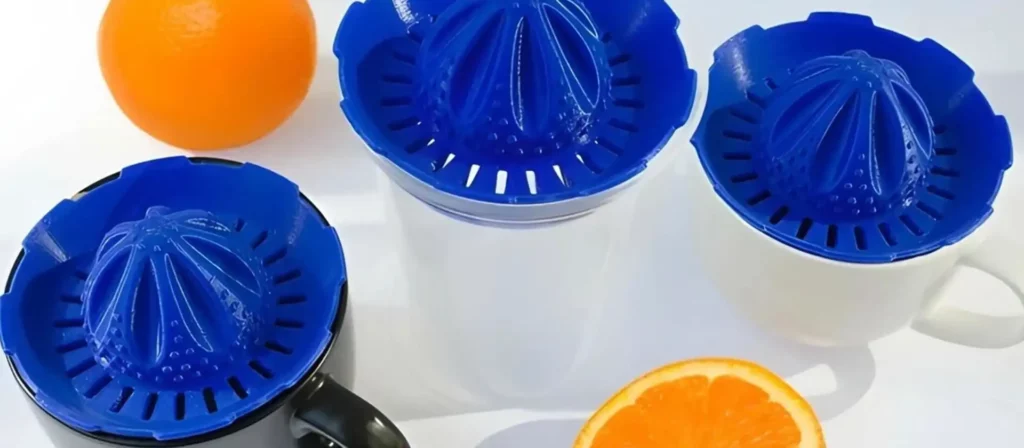
Most Food Safe Filaments
Let’s start off with the filament you are going to use on these food-safe utensils. The toxicity level of different materials will vary considerably. You probably have a good idea of which filaments are unhealthy to consume and which ones are safe.
Before you even get into printing the items, we recommend buying some of the less toxic ones. PLA and PETG are generally considered to be the most food-safe filaments as they are already used in different parts of the food industry. Digesting small amounts of these materials won’t have a detrimental effect on your health.
Some of the more toxic ones would be ABS and ASA which we recommend avoiding for a number of reasons. If you are willing to spend more on the filaments to ensure safety, there are actually food-safe filaments on the market that have antimicrobial properties to prevent bacteria buildup.
How to Print Food Safe Items
Hygiene and toxicity must be your number one priority when 3D printing food-safe items. Just like how it would be done in a professional environment, you must pay the same attention to detail to prevent any health issues.
While modern medicine decreased the general population’s anxiety about germs and bacteria, we still suggest caution as the ingestion of dangerous bacteria can cause long-term issues.
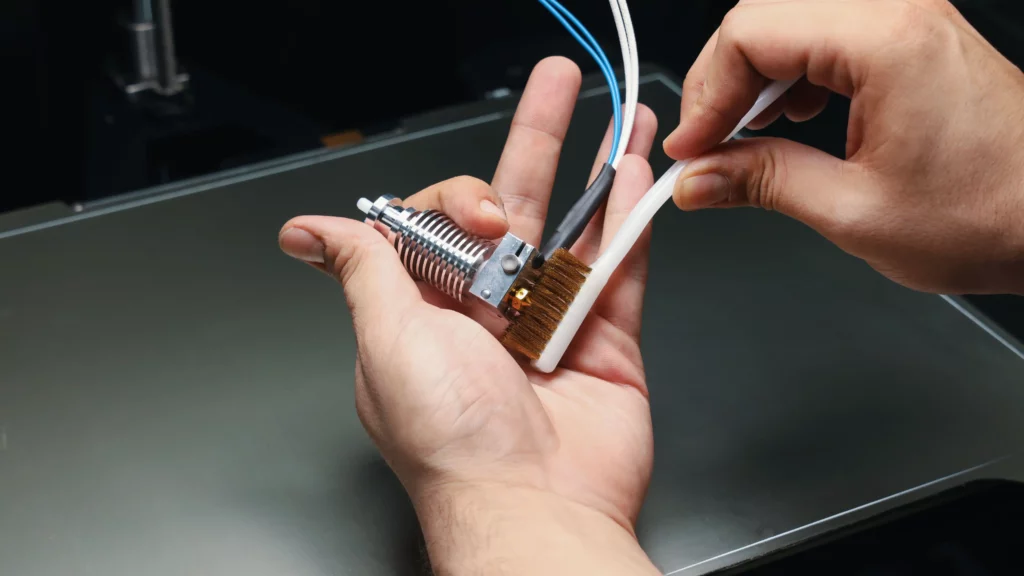
Clean Your 3D Printer
This entry will be redundant for some, and unnecessary for others, but your 3D printer must be cleaned properly before you even attempt to print a food-safe utensil. The leftover filaments from previous prints, acclimation of glue on the print surface, and other chemicals or toxic particles that linger in the printing area are not to be taken lightly. Start from the extruder, and clean every inch of your 3D printer with care.
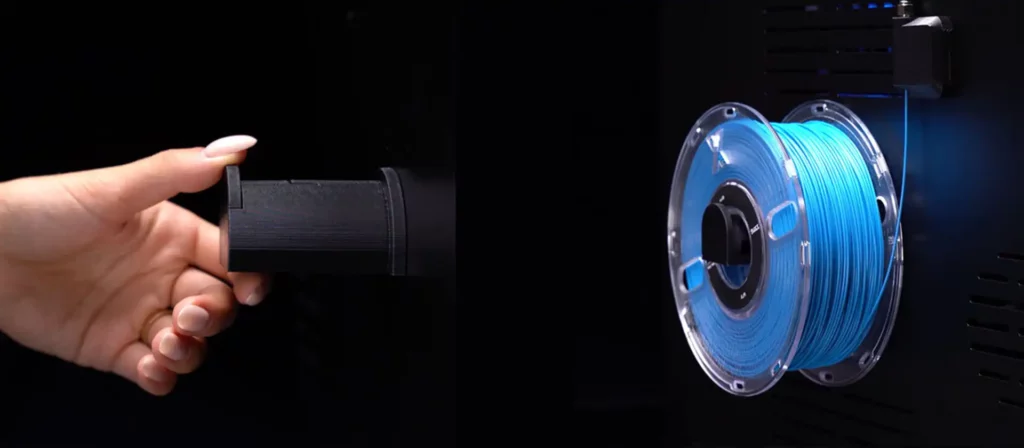
Load a Food Safe Filament
Now that the printer is clean, it is time for you to load a food-safe filament. As we have mentioned before, filaments like ABS and ASA are not recommended. Go with PLA or PETG, as they are usually considered to be less toxic and are not hard to come by. After loading the filament, wait for the leftover filament in the hotend to be extruded completely for better hygiene. After the excess filament is extruded, give your print surface a quick wipedown.
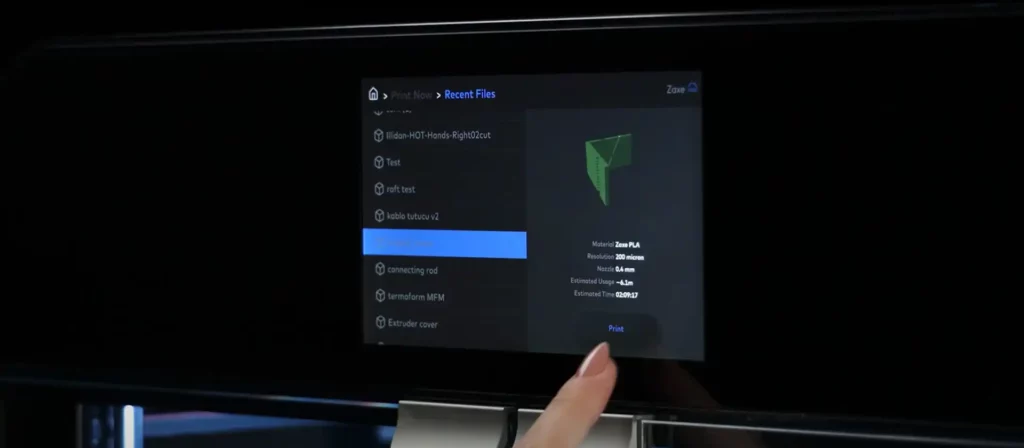
Print the Model
Now it is time to print. If you are hoping to use the utensil for a long time, go with a higher infill density as you will come to appreciate the sturdiness and the longevity that the extra density provides. We also recommend keeping the layer height as low as possible to ensure better adhesion between the layers, which is almost always a good thing for end-use 3D printed parts. After the print is done, remove it from the print surface without damaging it. Parts that are meant to be used as utensils might be a bit more fragile than your usual prints, so watch out.
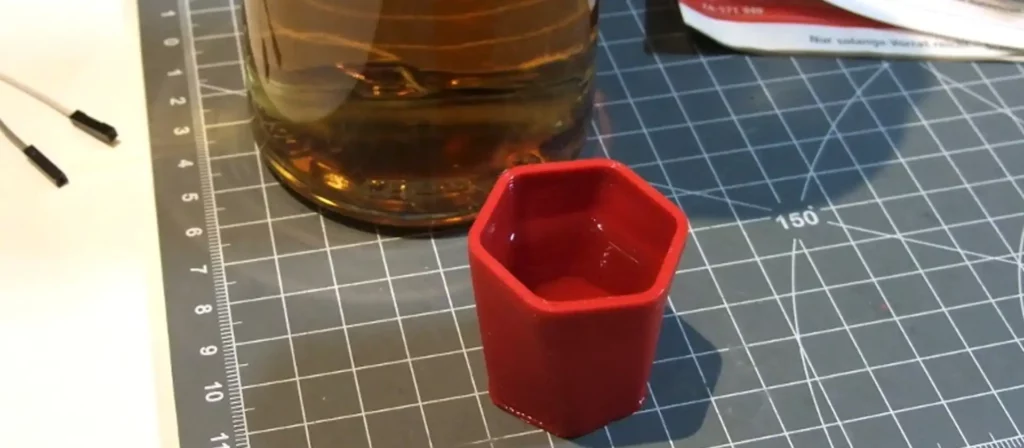
Apply Food Safe Coating
This is the most important step. All the things we just mentioned are absolutely meaningless without this step. To prevent bacteria buildup in the layer gaps, you will need to apply some food-safe coating on the surface of the printed mode. The idea is, that you close the gaps with a non-toxic material to eliminate the environment in which the bacteria breed.
Epoxy resin and silicone are perfect for this job as they are non-toxic when they dry out and are resistant to heat, which prevents the coating from stripping when washed in a washing machine. You will need to apply a thin layer to the surface of your print without missing a spot with the tool of your choosing. After the coating dries, give the model a quick rinse and you have a food-safe utensil in your hands.
To read more on post-processing 3D prints: A Guide to Post-Processing for 3D Printing
Safety Tips
Hygiene and layer gaps are not the only issues when you are dealing with food-safe prints. There are some other factors that will come into play even if they are sometimes forgotten by the users. It is important to pay attention to these details to prevent any mishaps.
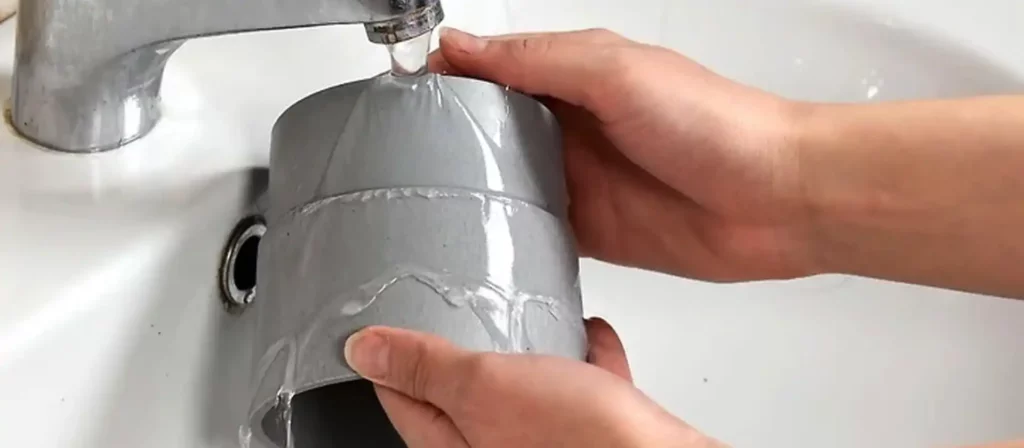
Dishwasher Safety
As 3D printer users who deal with devices that can go up to 400°C degrees on a daily basis, we might underestimate the power of a simple dishwasher. But don’t let this seemingly innocent household item fool you. A dishwasher can easily go up to 60°C which might not seem that much compared to the extruder of a 3D printer, but it can easily melt your 3D prints that were made using non-heat resistant filaments like PLA. Using a more heat resistant material like PETG would be the best solution to this problem, but if you already have a couple of utensils that you printed using PLA, we suggest handwashing them.
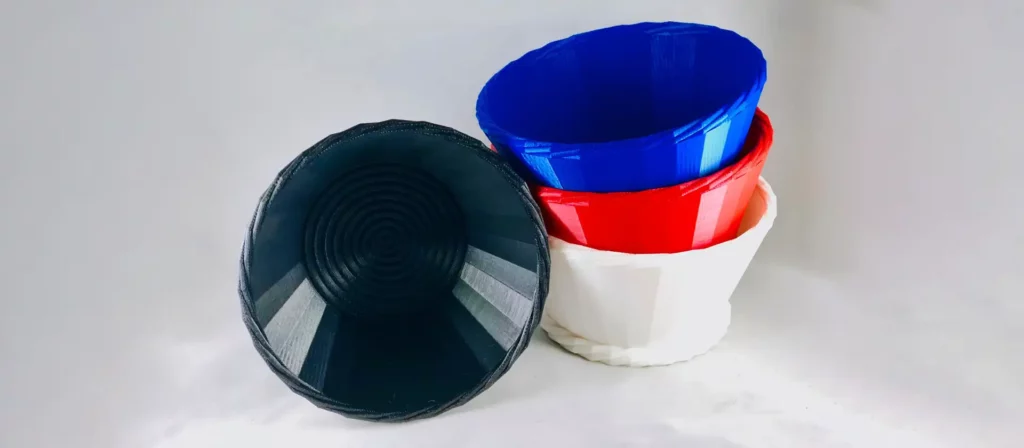
Color Toxicity
When talking about the properties of a material, we usually consider it in its pure state. ABS is ABS, right? We rarely take the color of the material into account. But this is actually not a healthy approach. The substances that get mixed in with the filament to give them their unique color usually change the chemical properties of the material they were added into.
These substances might even make the filament unsafe due to their toxicity levels. FDA sometimes approves a material for food use just to then ban another color of the same material. Before printing a utensil, checking if the filaments and colors are food-safe would be a smart thing to do.
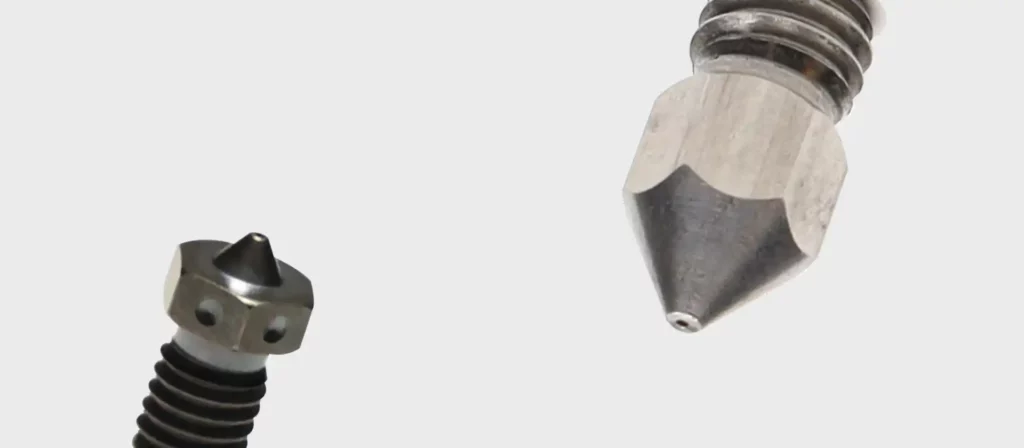
Nozzle Material
This is where a lot of you might give up on 3D printing utensils entirely. The material that your nozzle was made from is also going to play a huge part in how safe and healthy your print is to use with food. The main issue is the brass nozzles, which are probably the most common nozzle type. These nozzles may, and usually do contain a little bit of lead in them, which is extremely bad for your health. Prolonged lead consumption will have a negative long-term effect on people’s health and even cognitive abilities. This is why we suggest using a stainless steel nozzle or something like E3D’s Nozzle X if you are going to print utensils. These nozzles have a lower chance of leaving toxic particles in your 3D printed models.
Key Takeaways
At this point, you are probably wondering if 3D printing utensils is even worth it. We don’t blame you as there are many factors at play here for assuring your health. We suggest 3D printing utensils only if you have a specific design that you really want to print. Other than that, we also don’t love the idea. For a single-time use, a 3D printed plate won’t have an immediate negative impact on your health, but for the reasons we listed above, you should be extra careful with these prints. But to summarize, if you are deadset on 3D printing utensils, you should remember to;
- Clean everything thoroughly,
- Use a non-brass nozzle,
- Choose a food-safe filament,
- Apply food-safe coating to the surface of the printed model,
- Do research about the safety of the filament and its color,
- Handwash the model that was printed with non-heat-resistant filaments.
If you are fine with going through these steps every time you print a food-related item, then you probably won’t experience many problems, but if not, just stick to your regular dining set.
